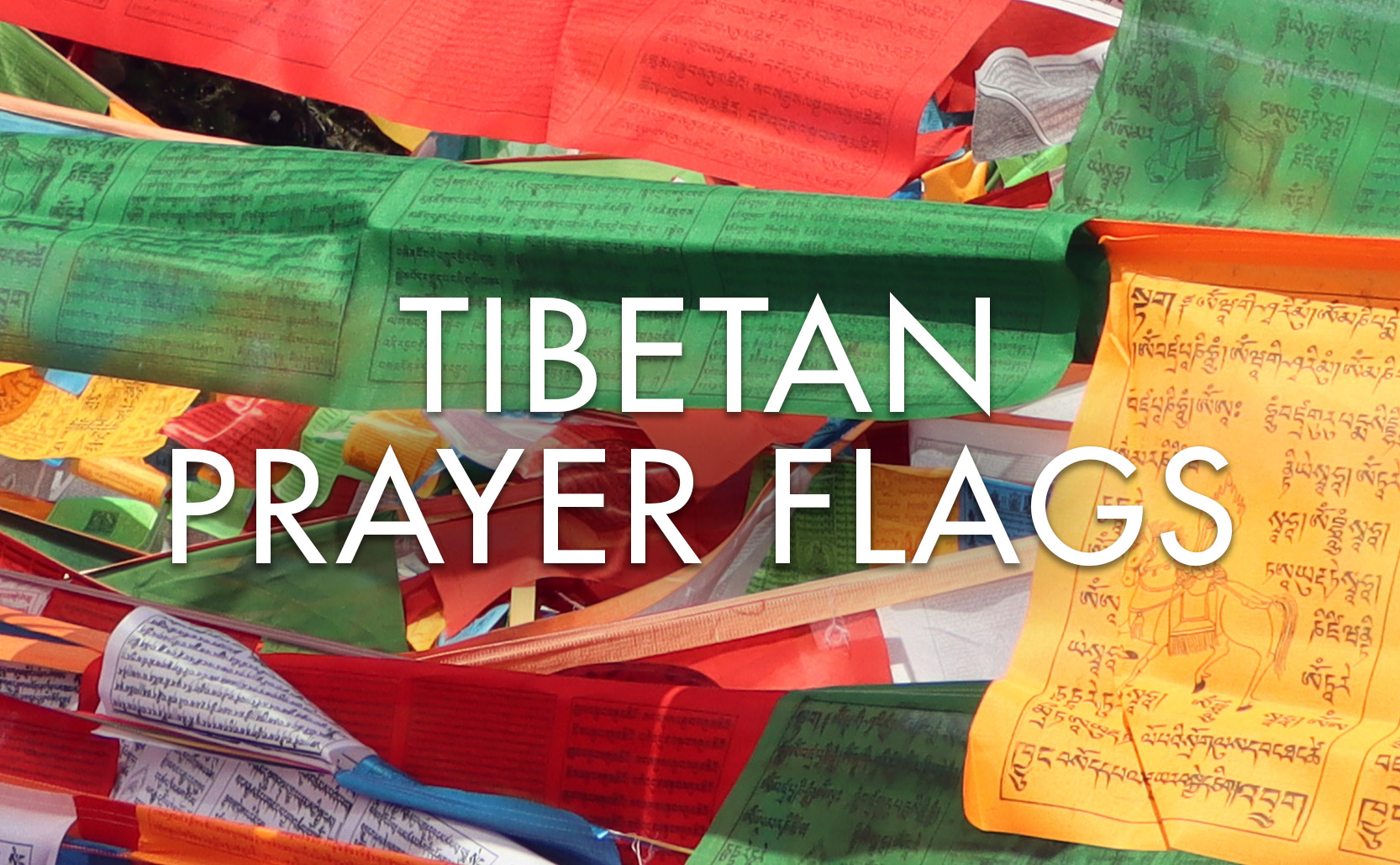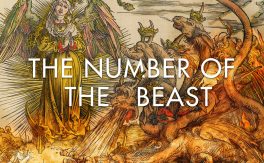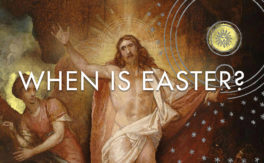The Tibetan Buddhist tradition of colorful flags spreading prayers & mantras on the wind.
Tibetan prayer flags are instantly recognizable rectangular cloth banners strung together horizontally along a rope. There are five colors each with their own symbolic meaning. Prayer flags/banners of various kinds have been used in Tibet since before Buddhism arrived in the 7th century. Like Buddhist bunting, the flags wave in the wind to spread blessings and good fortune.
The flags have prayers & mantras written on them as well as religious imagery. They were originally hand painted but have been stamped or printed using woodblocks or silkscreens since around the 15th century. As the flags become tattered and degrade in the wind new flags may be strung beside them, symbolizing impermanence and the cycle of life.

Colors & Images
In the Tibetan language these horizontal prayer flags are known as Lung ta or “wind horse”. Incidentally the most common image on these flags is that of a lung ta horse but there are many design variations. Included in all of these designs are prayers and mantras.
Something that does not vary are the colors. The flags are always blue, white, red, green, yellow and always in that order. The five colors represent five elements, five wisdoms, five Buddha families, five states of mind, etc. At their most basic they symbolize:
- Blue: the sky, space, purity, healing
- White: air, wind, learning, knowledge
- Red: fire, life force
- Green: water, balance, harmony
- Yellow: earth, groundedness, stability
All prayer flags, regardless of design or where they are flown, carry forward the tradition and the goodwill of Tibetan Buddhism.
Added info: the text on Tibetan prayer flags is typically written in Tibetan script, notable for its sharp letter forms. These letters later inspired the Klingon script on Star Trek.





